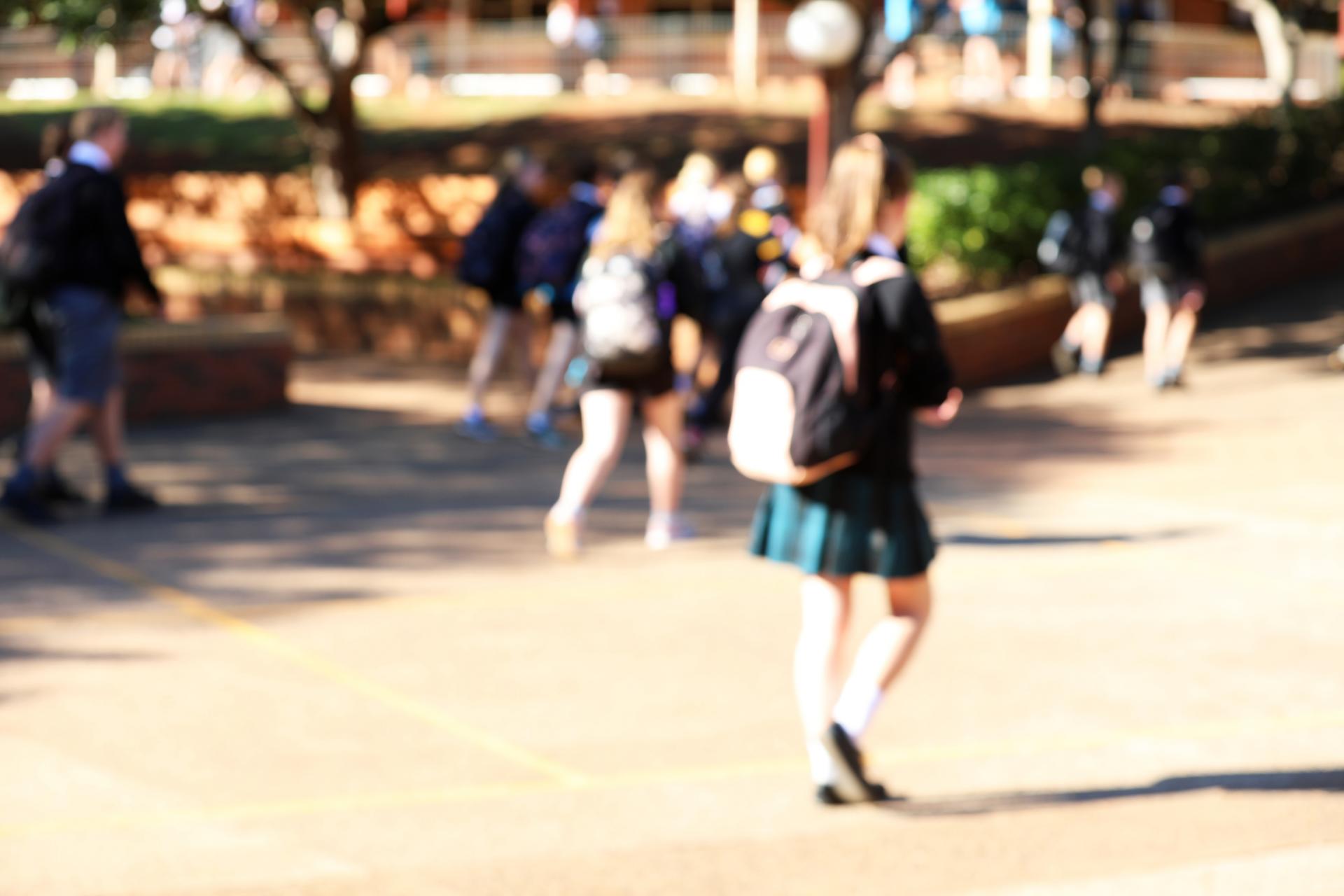Reducing your risk when coronavirus restrictions are relaxed
Published on: 18 March 2021Some people have mixed feelings about the gradual easing of lockdown restrictions and the end of shielding in the UK. Find out how you can reduce your risk when society begins to open up again.

The governments of all four nations in the UK have announced that they plan to relax coronavirus restrictions gradually in the coming weeks and months. Although you might be looking forward to being able to go out and see more people, you might also be concerned about the risk of coronavirus when society starts to open up again.
So, why has the government decided the time is right to consider relaxing the restrictions?
Although levels of coronavirus in the UK are still high, they are much lower than they were when shielding was reintroduced. The infection rate is falling consistently and the number of people being admitted to hospital or dying from COVID-19 is coming down quickly. This is partly due to the lockdown, but also due to the success of the vaccination programme.
Over 20 million people in the UK have now received their first dose of coronavirus vaccine. This is helping to protect the people most at-risk of becoming seriously ill due to COVID-19. As well as reducing the risk of becoming seriously ill, there is now evidence that having the vaccine helps stop the infection spreading to other people.
These promising signs suggest it is appropriate to start cautiously lifting restrictions. All four nations plan to relax the lockdown measures slowly, with several weeks between each step.
The first step in all four nations is reopening schools. Although this may seem concerning, there are additional safety measures in place now that were not available when schools were open in the autumn term. In particular, school staff and secondary students and their families are all eligible for twice-weekly coronavirus testing using the rapid ‘lateral flow’ tests. This will help identify people who have COVID-19 early, even if they don’t have any symptoms. This means that they, and any close contacts, can self-isolate and break potential chains of transmission quickly.
It is understandable that you might have mixed feelings about the end of lockdown. Whether or not you choose to go out and see more people when lockdown starts to ease is a personal decision. If you do choose to, there are some measure you can take to reduce your risk.
Symptoms
If you have symptoms of COVID-19 (high temperature and/or a new, continuous cough and/or a loss of or change in sense of taste or smell):
- Self-isolate straightaway.
- If you are having cancer treatment, call your key worker or chemotherapy helpline.
- Book a test for COVID-19.
You must also self-isolate if anybody in your household, extended household or support bubble has symptoms of COVID-19, or if you have been identified as a close contact of someone who has tested positive for COVID-19.
Seeing other people
We know that it has been challenging not to be able to meet people face-to-face. Many people are looking forward to seeing friends and family again when the restrictions allow it, but this might also bring some anxiety. Remember that it is up to you whether or not you choose to see more people. If you do, the following measures can help lower your risk:
- Do not meet up with anybody who has symptoms of COVID-19 (high temperature and/or a new, continuous cough and/or a loss of or change in sense of taste or smell).
- If you are allowed to meet people from other households where you live, consider meeting them outdoors to keep your risk as low as possible.
- If it is permitted where you live and you choose to meet people you don't live with indoors, keep the windows open to let plenty of fresh air inside. You could choose to wear a face mask.
- Try to stay at least 2 metres away from people you don’t live with.
Going out
If you choose to go out when the restrictions are lifted, it is important to follow social distancing guidelines. You can reduce your risk by:
- Avoiding crowded places as much as possible.
- Staying at least 2 metres away from people you don’t live with. You might find our 'Distance Aware' badge a helpful reminder to everyone to social distance when possible.
- Shopping online if you can. If you need to go to the shops, try to pick a quiet time of day.
Working
Even when the restrictions begin to be relaxed, the government advice is to continue to work from home if you can.
- If shielding is recommended where you live, you should not go to work even if you can’t work from home. You might be eligible for the furlough scheme, or you might be able to claim statutory sick pay or employment and support allowance.
- If shielding has ended where you live and you can’t work from home, speak to your employer to make sure there are measures in place to protect you.
Hygiene
As well as thinking about your contact with other people, there are some simple hygiene measures you can take to help reduce the spread of coronavirus.
- Wash your hands often using soap and water, or use hand sanitiser if hand-washing facilities aren’t available.
- Cover your nose and mouth when you cough and sneeze. If possible, use a tissue and throw it away straightaway.
- Clean surfaces and frequently touched objects (for example, light switches, taps and door handles) often.
If you’d like to talk about any concerns over the easing of lockdown, or anything else related to lymphoma, contact our Helpline Services on freephone 0808 808 5555, or via the Live Chat on our website, from 10am to 3pm, Monday to Friday. You can also email information@lymphoma-action.org.uk
Photo: Stock photograph
First published: 4 March 2021
